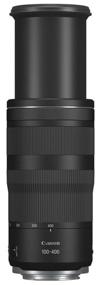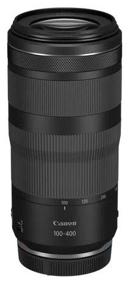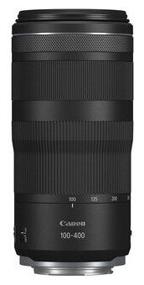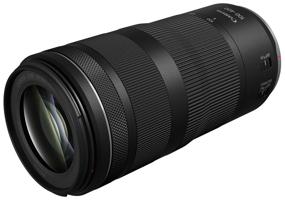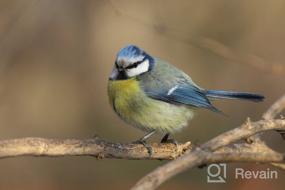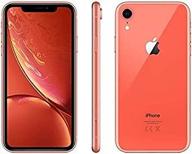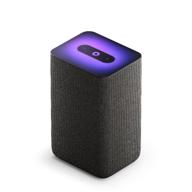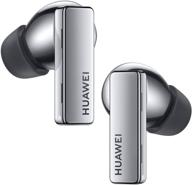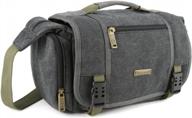At first glance, this lens is not the best marketing solution. Expensive and dark.
But in reality, everything is completely different, and here's why.
1. Dimensions. For mirrorless systems, it is much more pleasant to use compact optics than heavy lenses. Before this 100-400 I had a Sigma 150-500 f/5-6.3. She weighed more than 2 kg, occupied the entire backpack, her neck fell off her and she attracted too much attention.
2. Drawing. He is amazing.
3. F 8.0 dark? Yes, but do not forget that it was designed primarily for full-frame cameras with RF mount, which have high working ISO.
4. I am not a specialist in small technical nuances, but I am delighted with what micro-contrast he has, as they say. It smartly works out small highlights in the shadows, and since I use it for photo hunting, this is extremely important) In the photo where the squirrel eats a nut, this can be seen. And there I messed up with the fact that the crop mode was 1.6 by default, from which the quality and detail suffered, but I noticed it only at home. However, I immediately received a comment on social networks that this is my best photo. Really good working out of lighting differences.
5. Stabilizer. Which, combined with light weight, helps to shoot at least 1/80 at 400mm (probably holds longer shutter speeds, but for animals I see no reason to use even longer).
6. Autofocus operation. Unexpectedly, within the boundaries of Hong Kong, I met a flying heron, the focus was not tracking, but on a point. Got)
7. Confident sharpness at all focal lengths.






